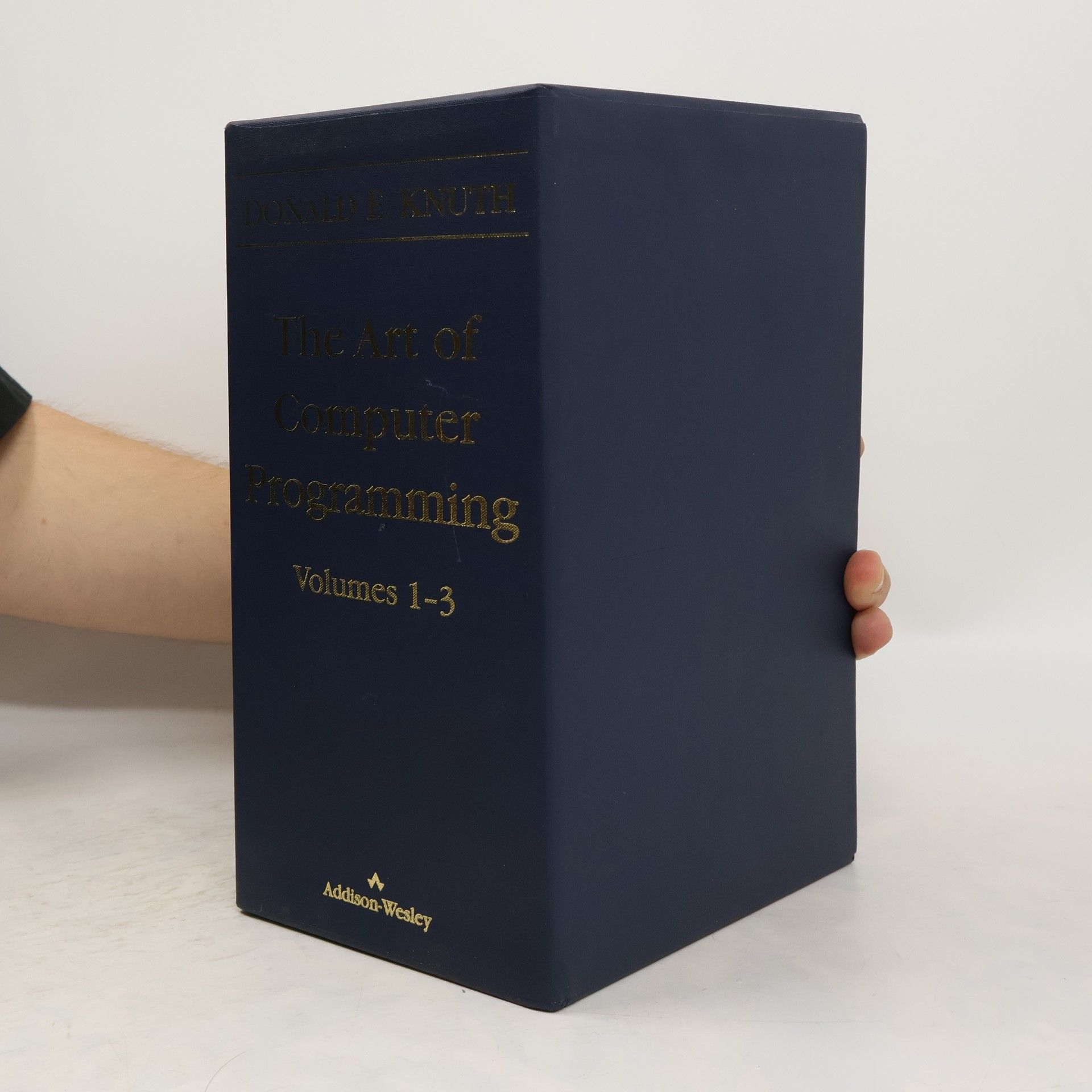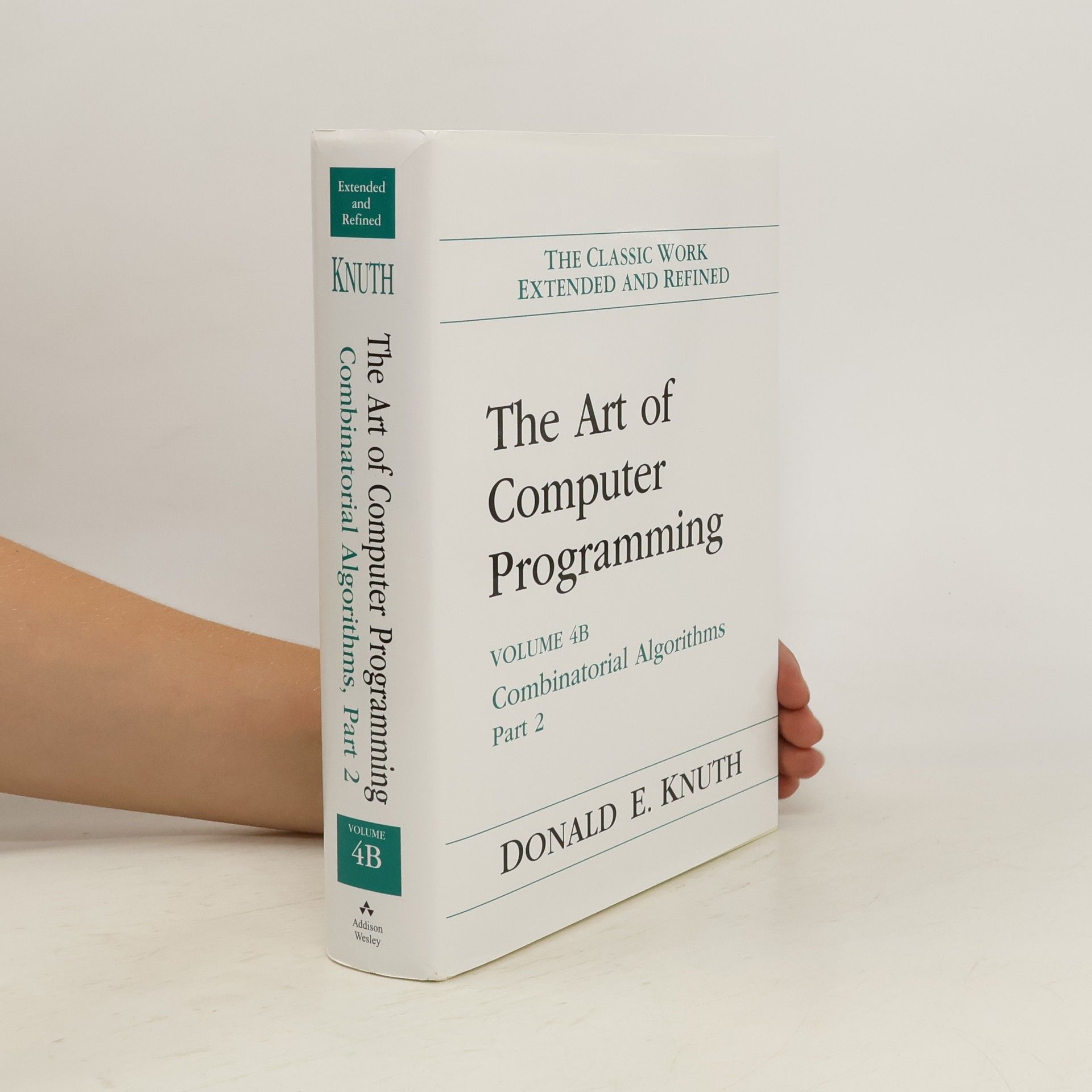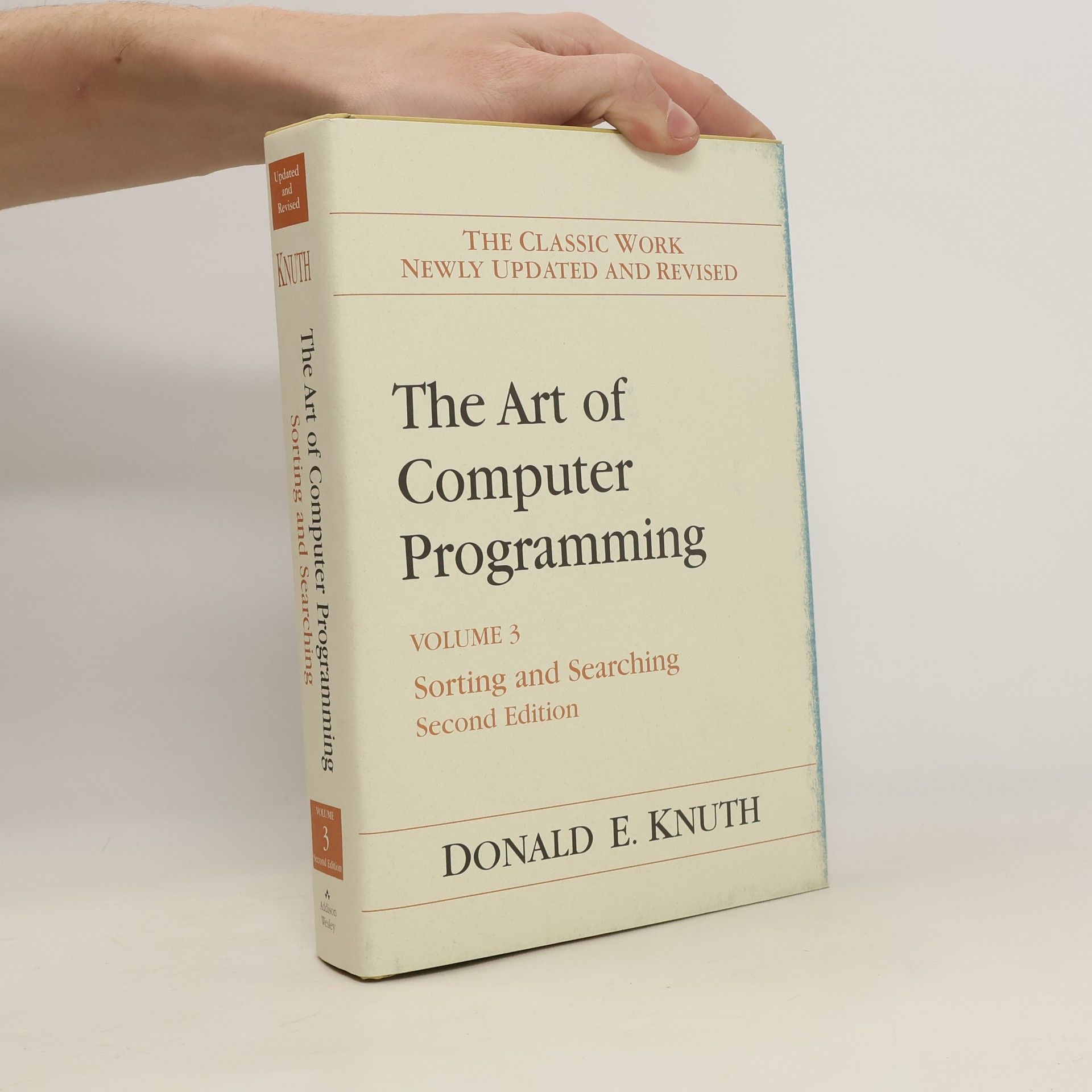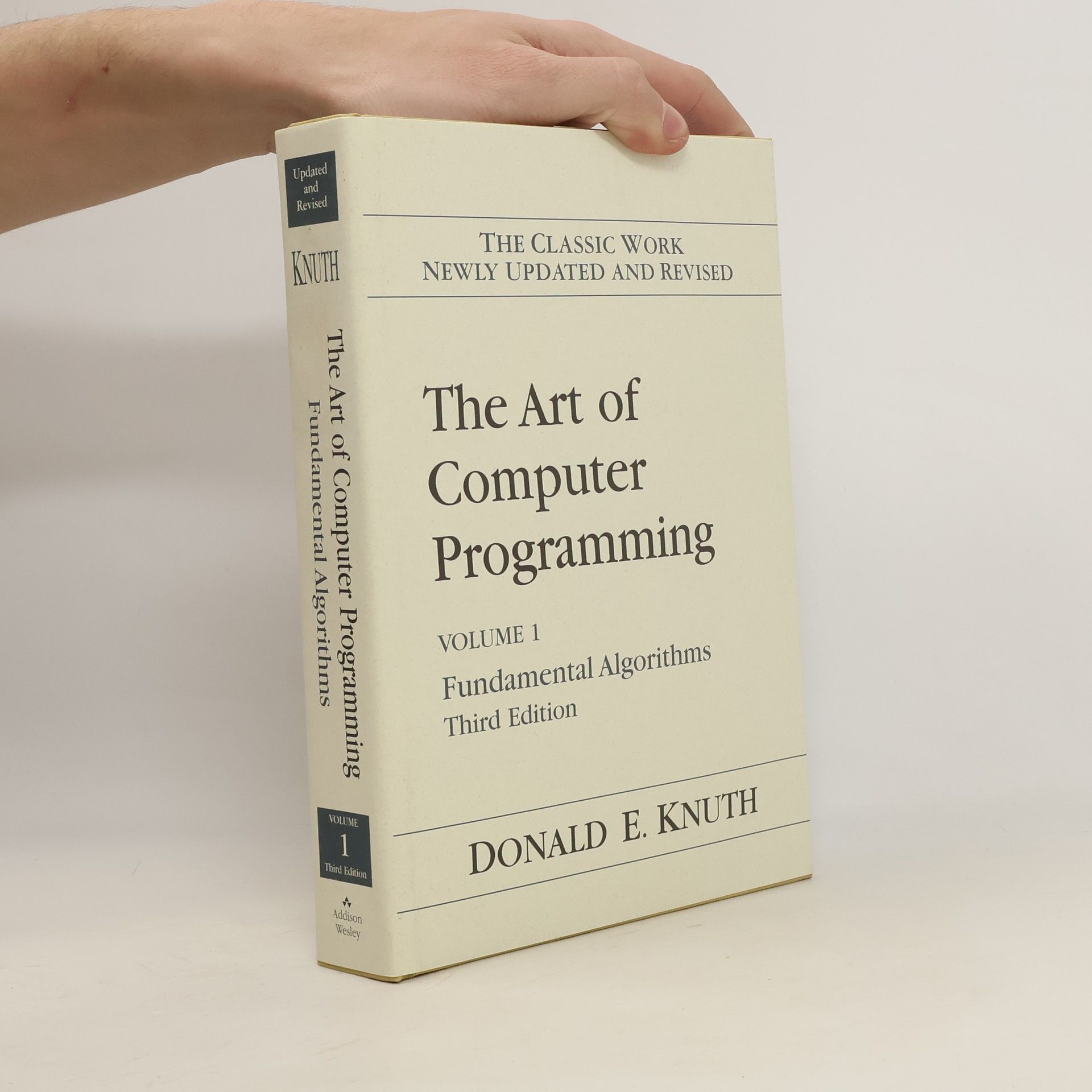This volume begins with basic programming concepts and techniques, then focuses more particularly on information structures-the representation of information inside a computer, the structural relationships between data elements and how to deal with them efficiently.
The Art of Computer Programming Reihe
Diese monumentale Reihe taucht tief in die Welt der Algorithmen und Datenstrukturen ein und ist damit eine unverzichtbare Ressource für jeden ernsthaften Programmierer. Der Autor erklärt zentrale Konzepte der Informatik mit Präzision und Tiefe. Dieses Werk bildet nicht nur aus, sondern inspiriert auch zu weiterer Erforschung und Innovation im Software-Engineering. Leser werden die mathematische Strenge und die durchdachten Beispiele zu schätzen wissen.






Offers an introduction to the field of seminumerical algorithms, with separate chapters on random numbers and arithmetic. This book summarizes the major paradigms and basic theory of such algorithms, thereby providing a comprehensive interface between computer programming and numerical analysis, and a fresh treatment of random number generators.
The Art of Computer Programming, Volume 4, Fascicle 0
- 224 Seiten
- 8 Lesestunden
To begin the fourth and later volume of the set, Knuth has created a series of small books called fascicles, which publish at regular intervals as they are ready. Each fascicle encompasses a section or more of wholly new material. Ultimately, the content of the fascicles will be rolled up into the comprehensive, final version of each volume.
The bible of programming theory and practice is being updated for the first time in more than 20 years. The book is concerned with information structures--the representation of information within a computer, the structural interrelations between data elements and how to work with them efficiently, and applications to simulation, numerical methods and software design
Art of computer of programming. Volume 3, Sorting and Searching
- 722 Seiten
- 26 Lesestunden
The Art of Computer Programming
- 640 Seiten
- 23 Lesestunden
The third volume comprises the most comprehensive survey of classical computer techniques for sorting and searching. It extends the treatment of data structures in Volume I to consider both large and small databases and internal and external memories.
This comprehensive guide covers essential algorithms that form the backbone of computer programming. It has educated countless software developers, equipping them with foundational knowledge critical for mastering coding techniques and problem-solving skills. The work emphasizes practical applications and theoretical concepts, making it an indispensable resource for both beginners and experienced programmers seeking to deepen their understanding of algorithms.
The Art of Computer Programming 1
Fundamental Algorithms
The bible of programming theory and practice is being updated for the first time in more than 20 years. The book is concerned with information structures--the representation of information within a computer, the structural interrelations between data elements and how to work with them efficiently, and applications to simulation, numerical methods and software design
Part of a multivolume work on the analysis of algorithms, this work provides a programmer's introduction to the MMIX, a RISC-based computer that replaces the original MIX, and describes the MMIX assembly language. It also presents material on subroutines, coroutines, and interpretive routines.
The Art of Computer Programming, Volume 4, Fascicle 1
- 272 Seiten
- 10 Lesestunden




